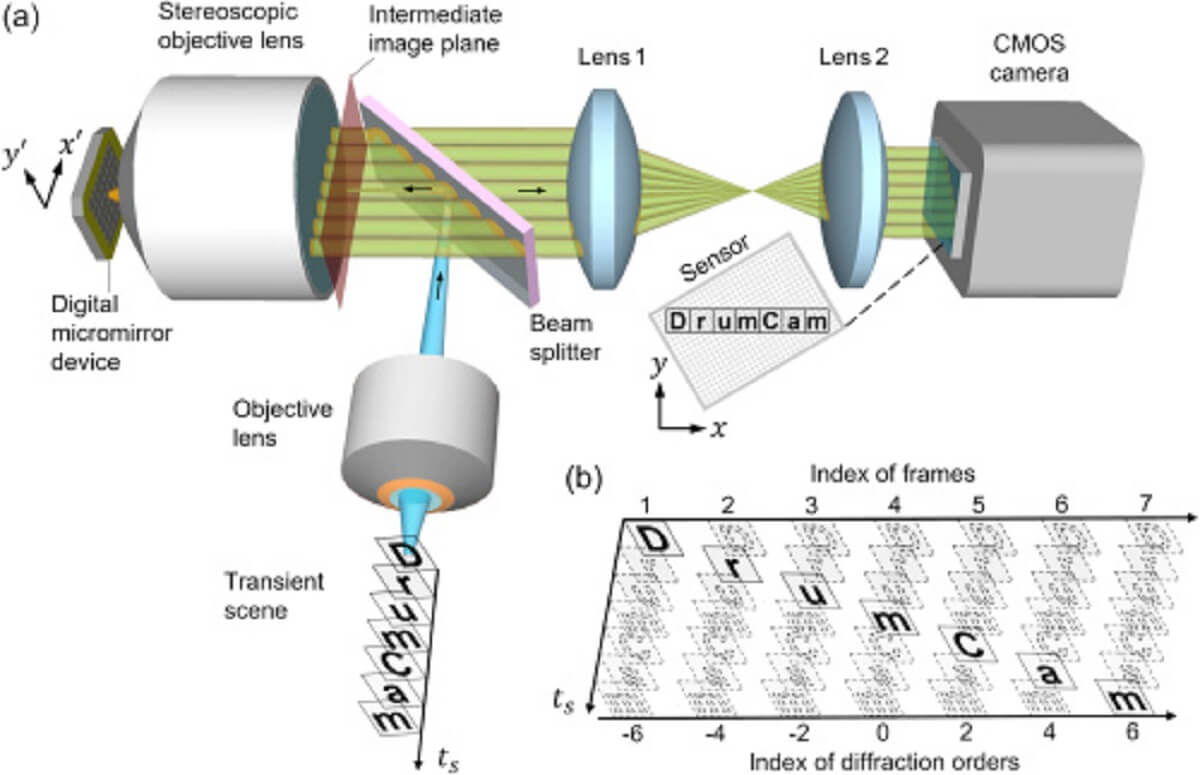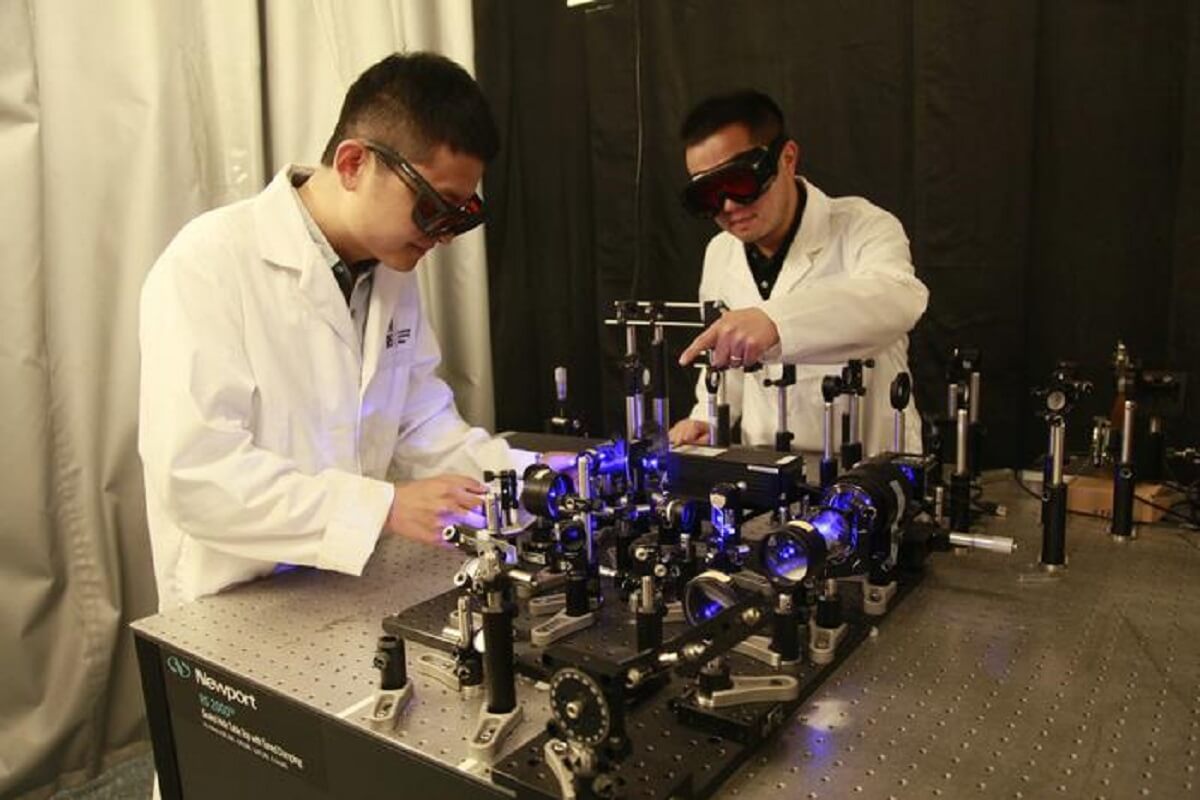QUEBEC CITY, Quebec — Scientists in Canada have invented a cutting-edge camera that can capture an astonishing 4.8 million frames per second. Remarkably, this advanced technology comes at just a fraction of the price of existing high-speed cameras, which can cost over $100,000.
The research team from the Institut National de la Recherche Scientifique (INRS) collaborated with Canada’s Concordia University and Meta Platforms Inc. on this new technology. They used “time-gating” techniques, which control when light hits the camera’s sensor, to capture high-speed movements in an incredibly narrow timeframe.
“Our camera uses a completely new method to achieve high-speed imaging,” says Dr. Jinyang Liang, an assistant professor at the INRS, in a media release. “It has an imaging speed and spatial resolution similar to commercial high-speed cameras but uses off-the-shelf components that would likely cost less than a tenth of today’s ultrafast cameras, which can start at close to $100,000.”

What exactly is ‘time-gating’?
In conventional cameras, the shutter acts as a gate that opens and closes to control light exposure. Time-gating opens and closes this “gate” several times rapidly before capturing the image, allowing for the creation of a short, high-speed movie of the scene.
The team achieved time-gating through an innovative method known as time-varying optical diffraction. This involves rapidly changing facets on a diffraction grating — a component that splits light into various directions — to control when frames are captured.
The team developed their so-called DRUM (diffraction-gated, real-time ultrahigh-speed mapping) camera using digital micromirror devices, commonly used in projectors.
“DMDs are mass-produced and require no mechanical movement to produce the diffraction gate, making the system cost-efficient and stable,” adds Dr. Liang.

This technology has the potential to be revolutionary in various fields. For instance, the camera could be invaluable in biomedicine for real-time monitoring of drug delivery. It may also improve hazard-sensing technology in driverless cars, which use high-speed lidar systems to detect nearby objects. Lidar stands for “Light Detection and Ranging” and is a remote sensing method used to examine the environment.
“In the long term, I believe that DRUM photography will contribute to advances in biomedicine and automation-enabling technologies such as lidar, where faster imaging would allow more accurate sensing of hazards,” says Dr. Liang.
The study is published in the journal Optica.
You might also be interested in:
- Best Camera Phones In 2023: Top 5 Devices Most Recommended By Experts
- World’s largest digital camera near completion, may help unlock universe’s biggest mysteries
- World’s tiniest camera — the size of a grain of salt — created by scientists
South West News Service writer James Gamble contributed to this report.


“Xianglei Liu and Jinyang Liang”, those damn Canadians are everywhere, copying everyone else.